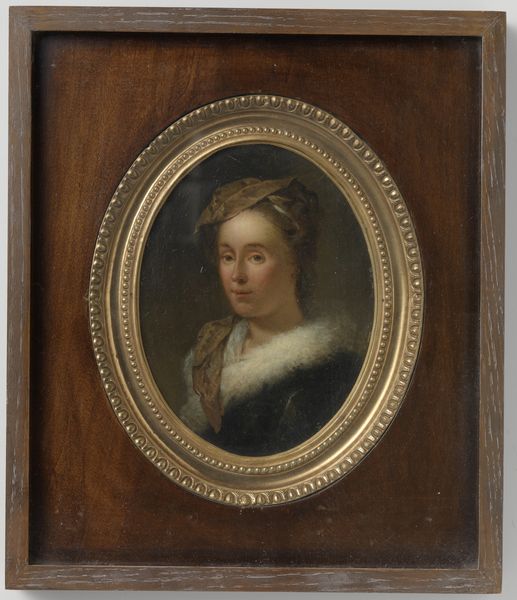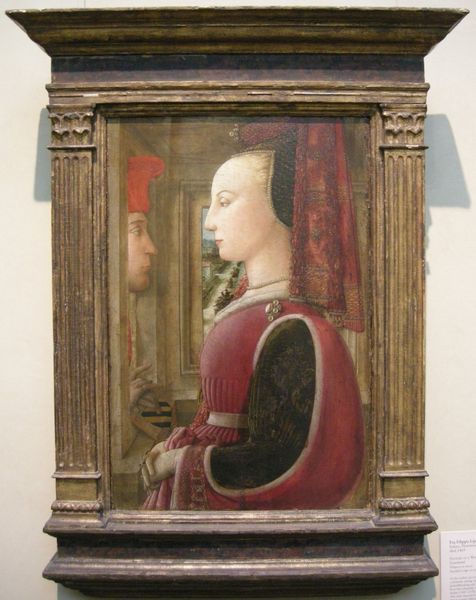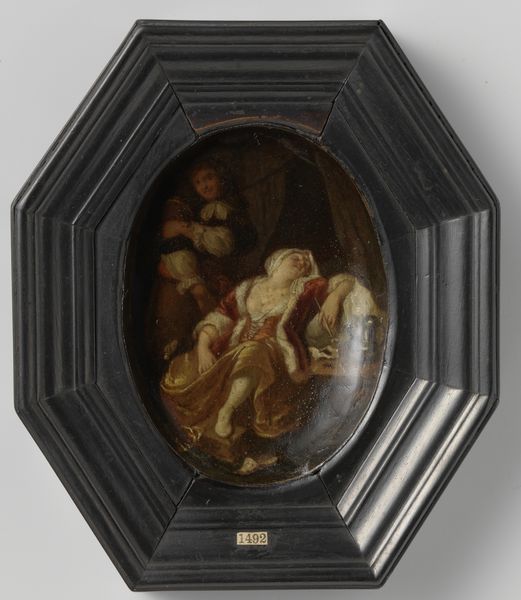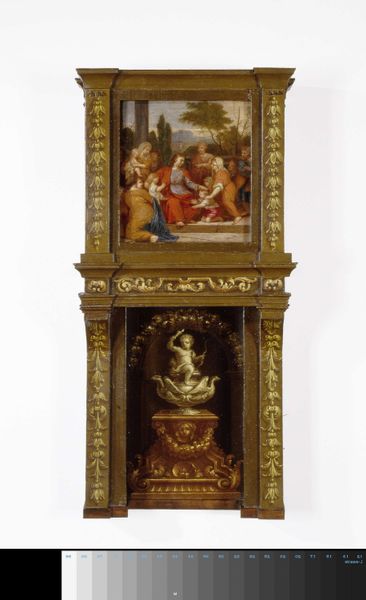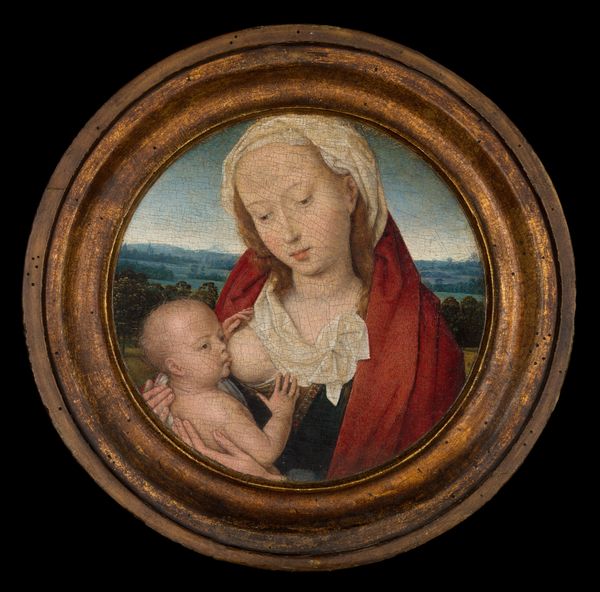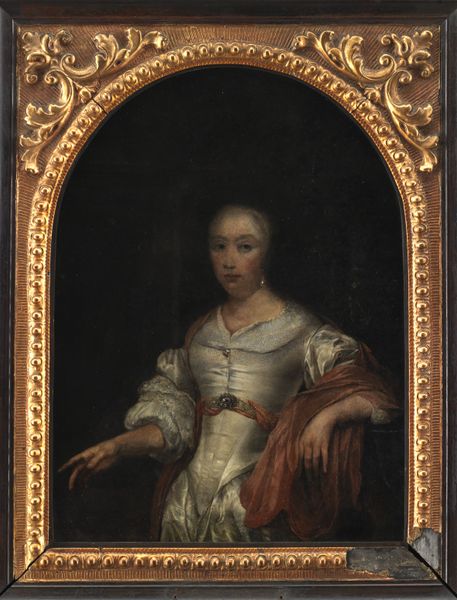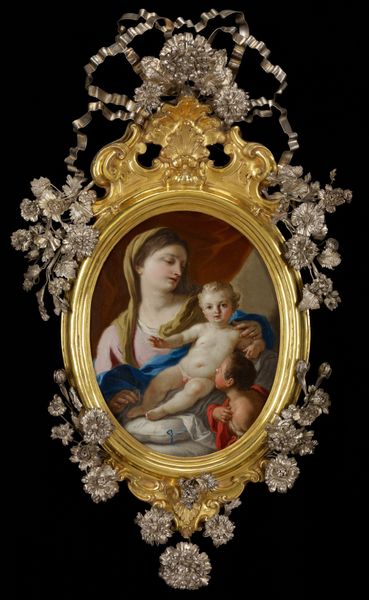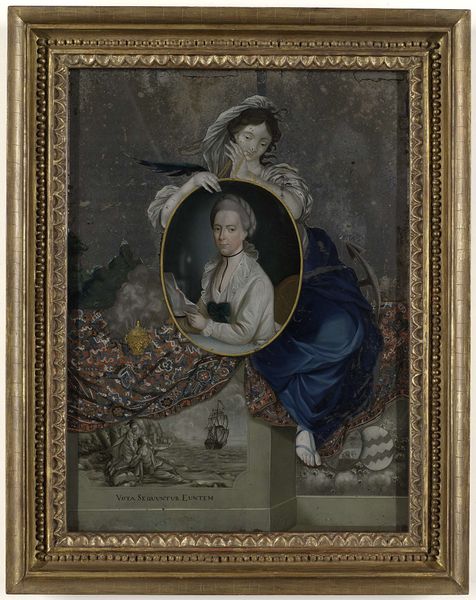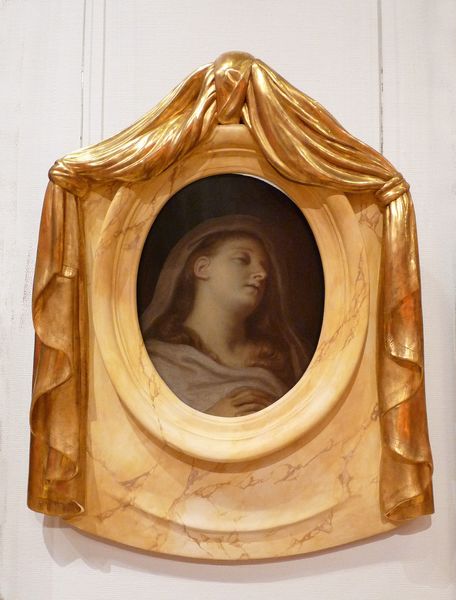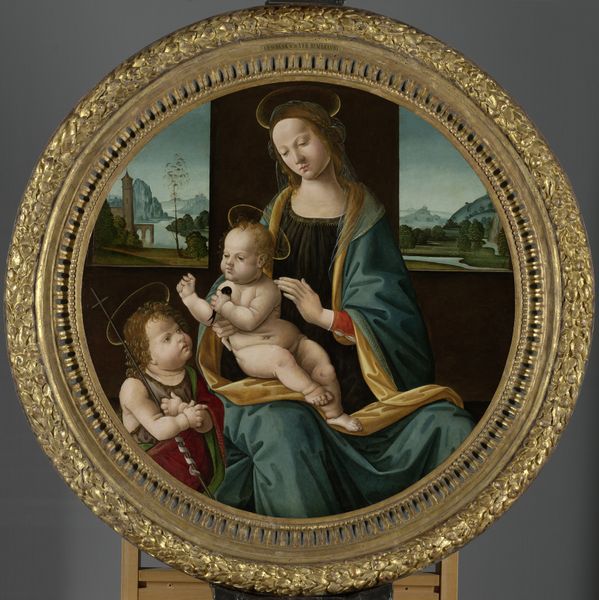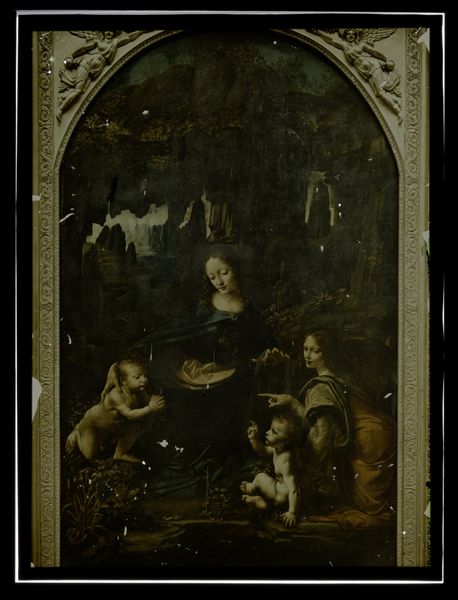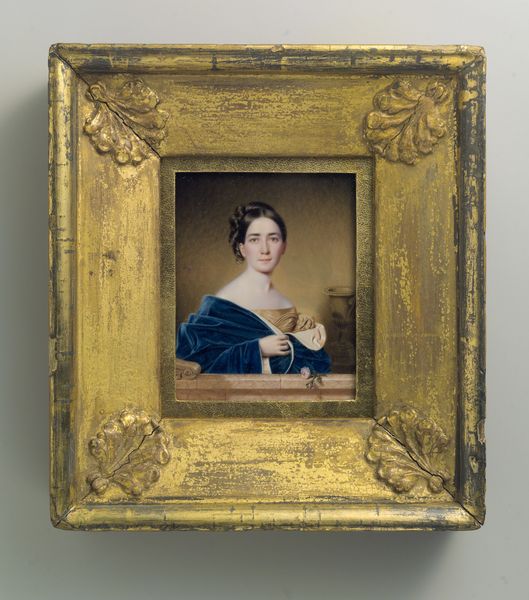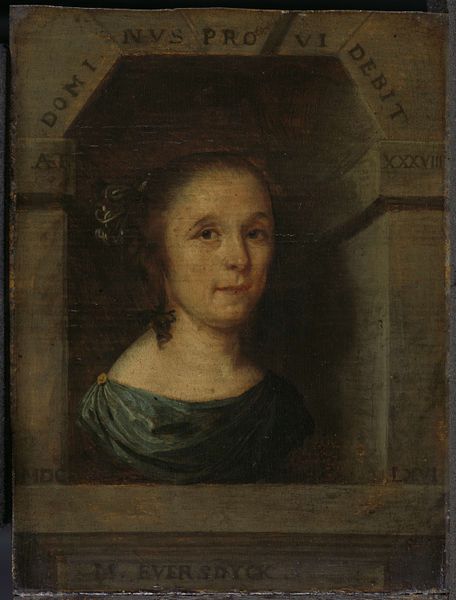
painting, oil-paint
#
painting
#
oil-paint
#
sculpture
#
11_renaissance
#
france
#
northern-renaissance
#
miniature
Dimensions: 7 x 5 1/4 x 3/16 in. (17.78 x 13.34 x 0.4 cm) (panel)
Copyright: Public Domain
Editor: This is "Portrait of Charlotte of France," an oil painting dating back to around 1522 by Jean Clouet the Younger. The craftsmanship of this piece really stands out to me. What can you tell me about the making of this portrait? Curator: Let's consider the materiality here. Oil paint was becoming increasingly popular, allowing for a greater realism. Notice the details: the rendering of her face, the jewels on her fingers, even the texture of her headdress. These details tell us much about the social and economic status of both the subject and the patron. It's not simply a portrait but a carefully constructed object designed to project a certain image. Who would commission something like this, and for what purpose? Editor: Well, she was royalty, so perhaps it was for diplomatic reasons or maybe even a betrothal portrait? Curator: Exactly. This wasn't mass-produced. Think about the labour involved – the grinding of pigments, layering of paint, the carpentry to create the panel, not to mention the skill to produce it. How does focusing on these elements change how we see the artwork? Editor: It definitely makes me appreciate it more, understanding all that went into it and its role in the French court at the time. So it is also a kind of labor document, showing who paid for whom to produce what? Curator: Precisely. The art serves as a marker of that relationship and that particular socio-economic dynamic. And if you examine its consumption in this historical light, you understand it is not only a painting, but also a window to production relations of the time. Editor: I never thought of it that way. It gives so much context to this piece. Thanks! Curator: My pleasure! Seeing art through this lens helps connect art history with broader social and economic forces.
